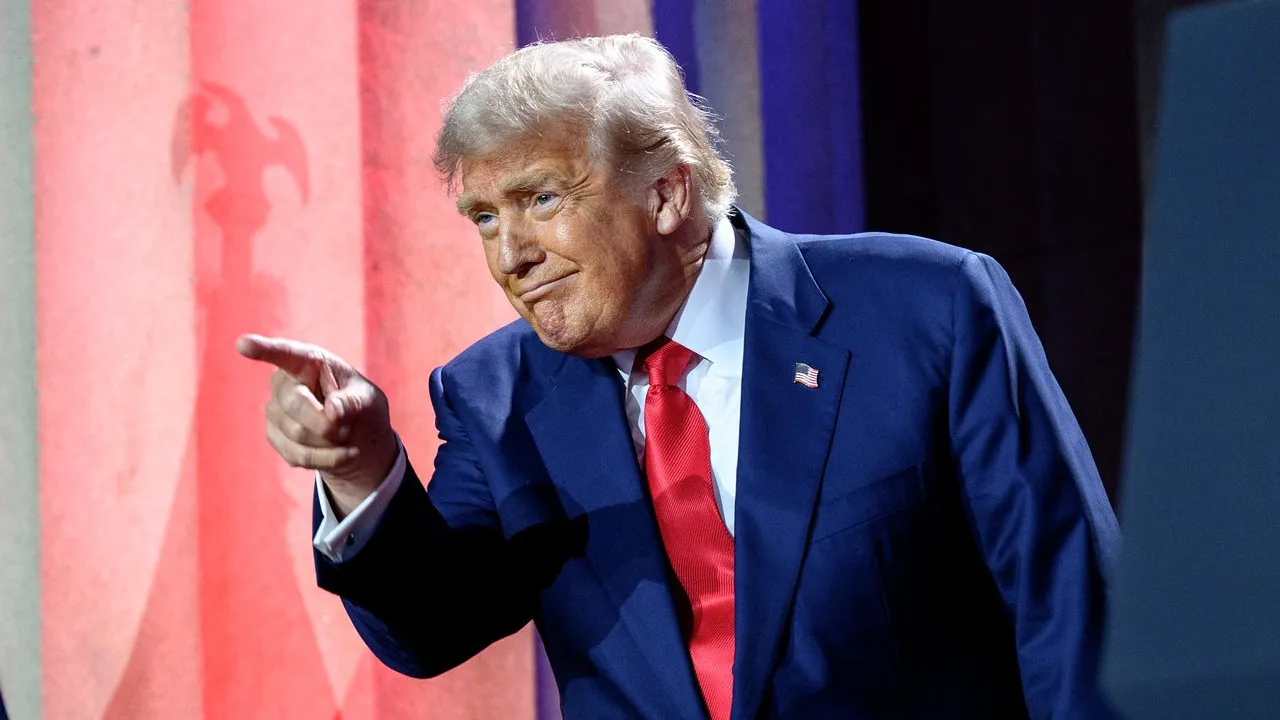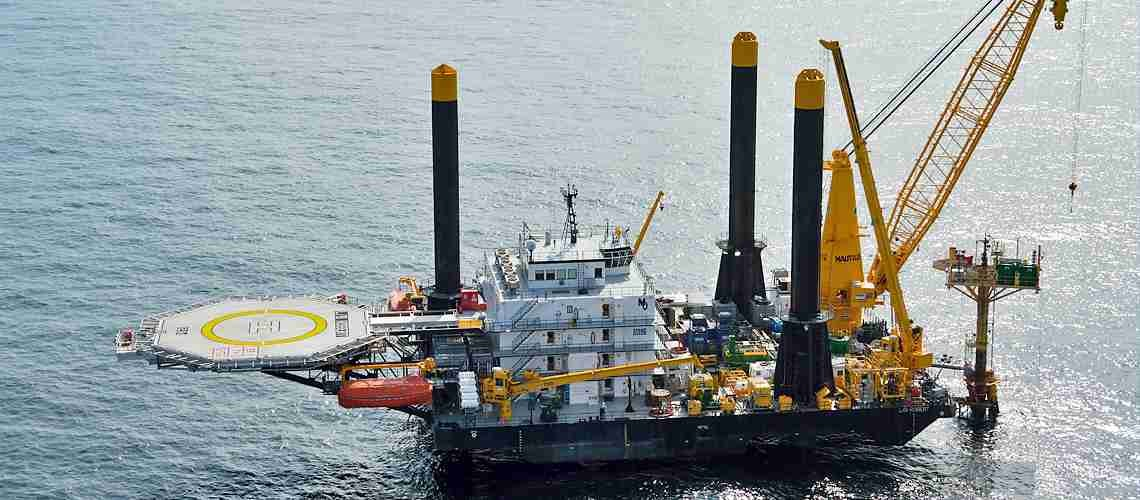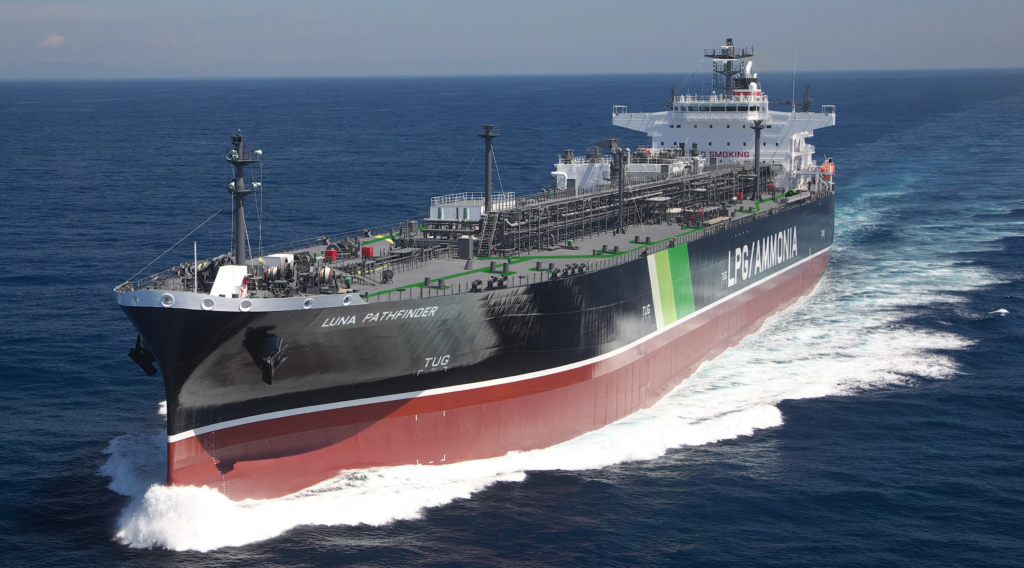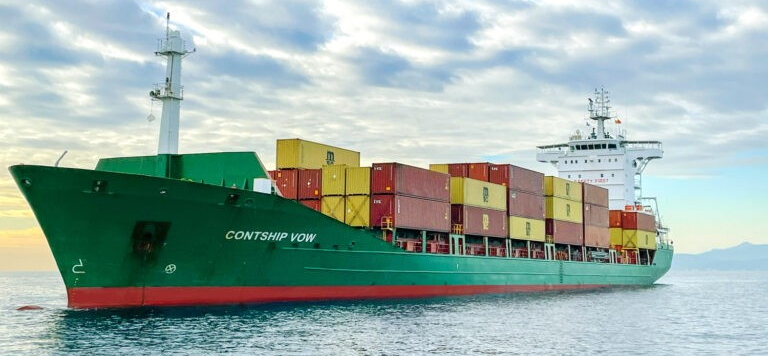SeatradeMaritime.com: India holds firm in Trump tariff turmoil
by Shipping Telegraph
Tanker owners are carefully watching President Trump’s Indian tariff strategy which could lead to a significant boost to long-haul crude trades.
The US President’s executive order, issued this week, has doubled the tariff on Indian exports to the US from 25% to 50% with effect from 27 August. The earlier 25% tariff, imposed last week, was supposed to come into effect on 7 August.
Although the total tariff is now one of the highest rates to be levied by Trump so far, the Indian administration appears relatively indifferent so far. There could be an element of bravado here, but it could also reflect the fact that the US President often changes his mind.
Although the Indian Foreign Ministry had initially responded with a terse statement in which it declared the new tariff was unfair, unjustified and ‘extremely unfortunate’, the country went ahead with a far-ranging new deal with Russia yesterday to forge closer industrial links. The agreement covers a range of sectors including aluminium, fertilisers, rail transport, and mining.
Certainly the Indian stock market, which has been under pressure recently, showed no signs of panic on Thursday. Both the Sensex and Nifty 50 indices closed marginally higher at 15:30 Indian time.
Analysts point out that India is now heavily reliant on Russian supplies of crude. The country imported virtually no Russian oil in 2021, but in the space of just four years this number has jumped to close to 40% of the country’s oil purchases.
Related:Which shipping sectors would be worst hit by USTR port fees?
Furthermore, since 2022, when the Group of Seven (G7) imposed a $60 price cap on Russian crude, India has benefited significantly from the discounted price of Russian crude. Latest available statistics indicate a figure of around $3.8 billion in 2024.
However, according to a Bloomberg report, India’s Investment Information and Credit Agency estimated the value of the country’s exports to the US last year at about $87 billion. There is a lot at stake.
If India opts to scale back imports of Russian crude as the least bad option, it will be sourcing new supplies from various regions with long voyages likely to favour large tankers. According to industry figures, India’s top-ranking crude suppliers, after Russia, were Iraq, Saudi Arabia, UAE, US, Nigeria and Angola.
Regions with spare crude oil export capacity include the Middle East, West Africa and, ironically, the US Crude imports from these three areas would typically be shipped in VLCCs and Suezmax tankers, with Aframax vessels also accounting for a share.
Related Posts





